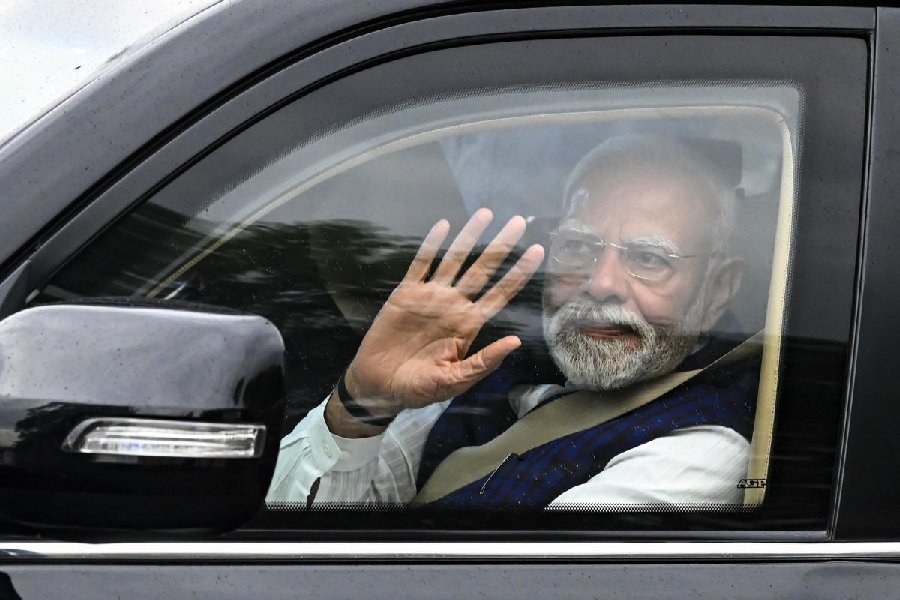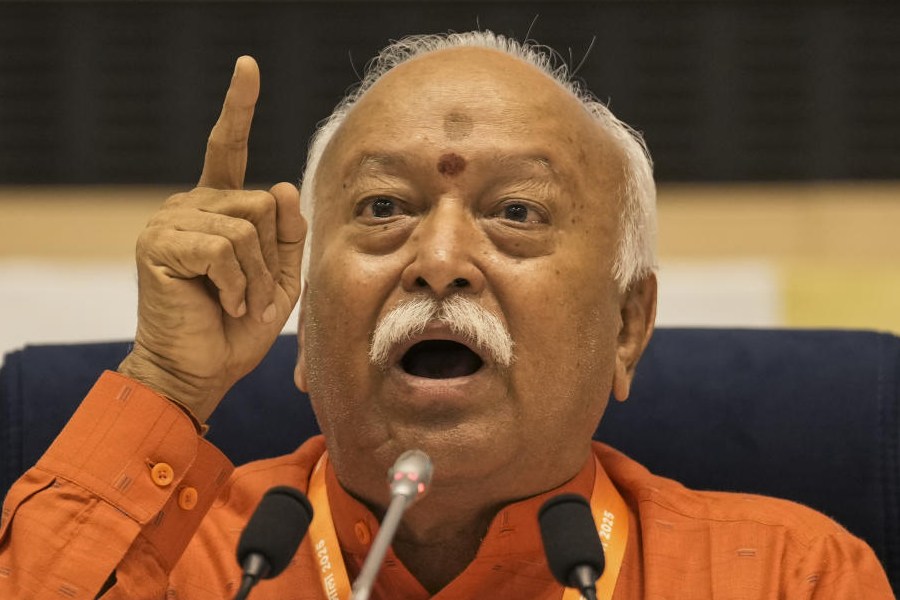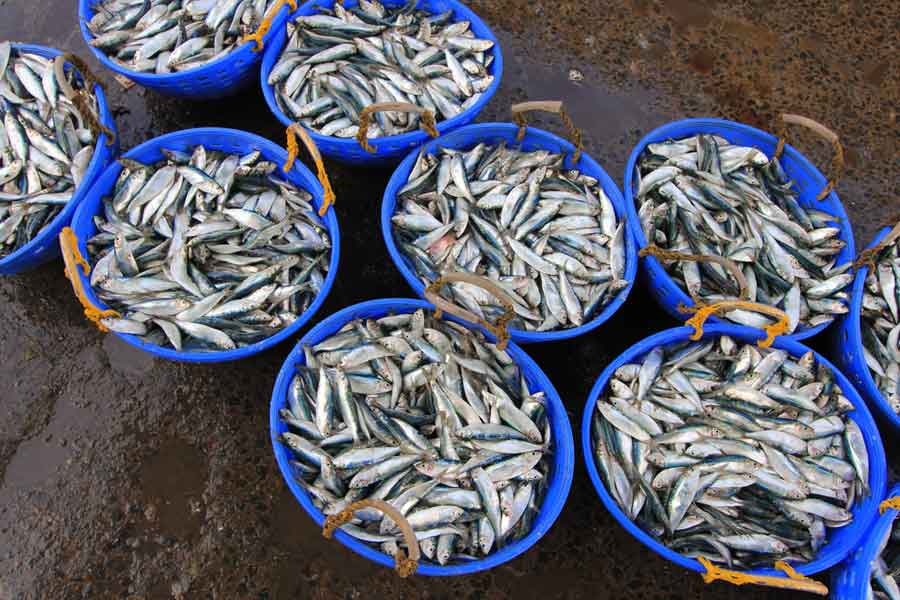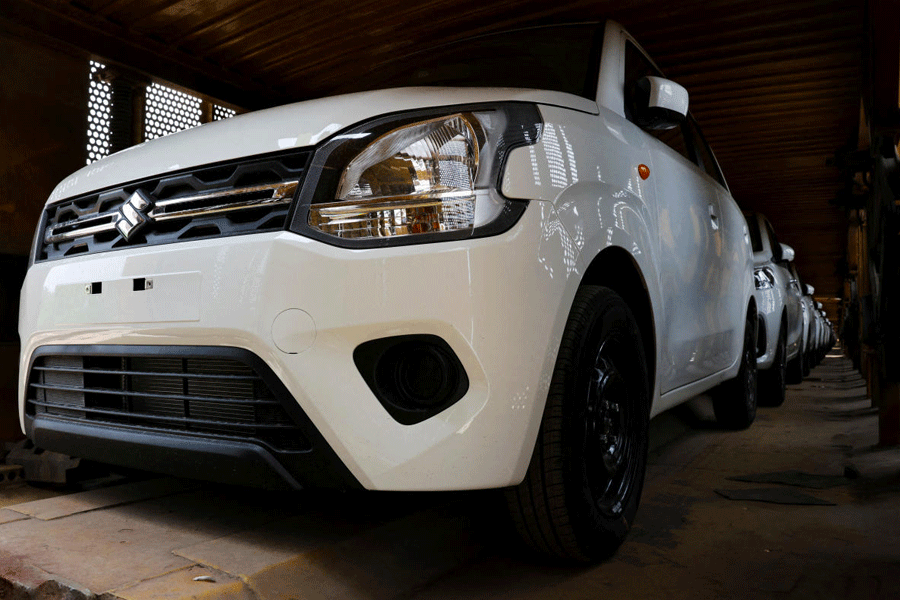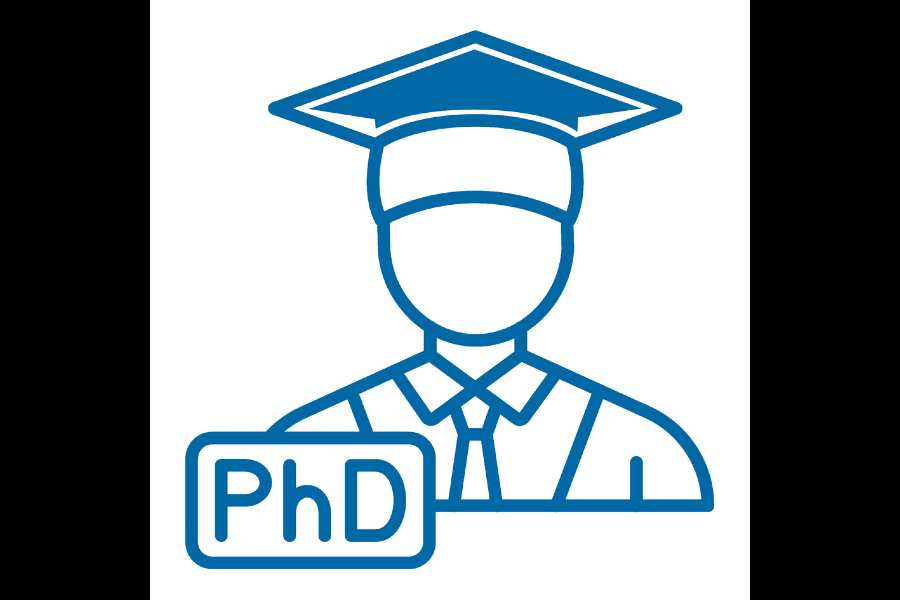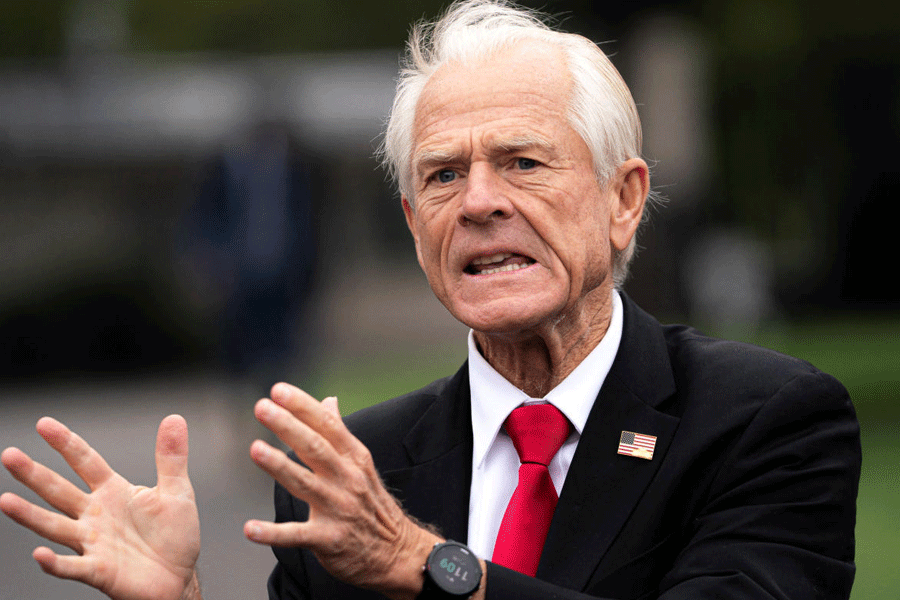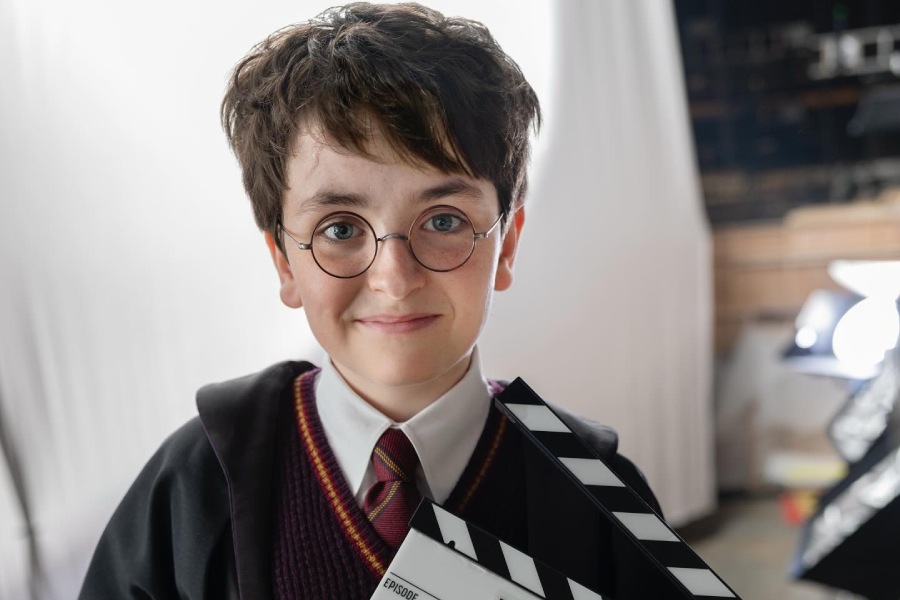 |
 |
Rabindranath Tagore Centre (ICCR) presented Laya Ritu Mala by Layavinyas at the Satyajit Ray Auditorium as part of its Horizon series on July 12. Conceived and composed by N. Shankar, a mridangam artist, the presentation featured the juxtaposition of the Hindustani and Carnatic musical traditions to create melody and movement. The music was composed to bring out the diverse moods of the six seasons or ritus through six Indian classical dance styles.
The evening began with a Kathakali performance by V.R. Venkitt (picture, left) which depicted the scorching summer. The senior dancer was honest and authentic in his approach. This made his presentation neat and appealing. The movements of the peacock, deer and elephant were depicted vividly. The monsoon — varsha — was portrayed through Kathak. Souvik Chakraborty and Poulami Basu took the stage in a duet performance. In spite of their taiyaari and earnest effort, the performance failed to impress. The accompanying music, too, failed to bring out the desired flavour. Each classical dance form has its own signature style that must be created through melody and movement. This essential chemistry was missing in the presentation. However, Sangeeta Venkitt, a talented mohiniattam dancer, put up an elegant performance. Dressed in a traditional white costume with golden borders, Venkitt performed with grace and poise to depict winter. Her expressive eyes and soft movements reminded this reviewer of her late mother, Uma Venkitt, who had left a mark as a brilliant dancer during her short life.
Surprisingly, Rina Jana, an experienced and trained Odissi artist, struggled to represent autumn. Parna Chakraborty made an attempt to bring hemanta, or fall, to life through the Manipuri dance style. Partho Sarkar excelled with the flute during this performance.
The most striking presentation was a Bharatnatyam duet performed by Souraja Tagore and Milan Adhikary (picture, right). The two performers recreated the joyous ambience of spring with speed, precision and grandeur. Crisp footwork, fluid postures and perfect coordination between the two performers made the presentation enjoyable. The programme culminated in a grand performance featuring all the dance styles. Abhoy Pal was in charge of the overall choreography, while the six different dance forms were choreographed by the performers themselves.
The musicians who made the evening memorable were P.V. Sairam (ghatam), Partha Sarkar (flute), Nataraj Radhakrishnan (violin), Brojen Kumar Singha (pung), Kalamandalam Gopa Kumar (chenda/edakka), Joy Guha (mandola), Uttam Mandal (pakhawaj), Arindam Chakraborty (tabla) and R. Srinivasan (taal support). The mridangam and konnakol were played by N. Shankar.


